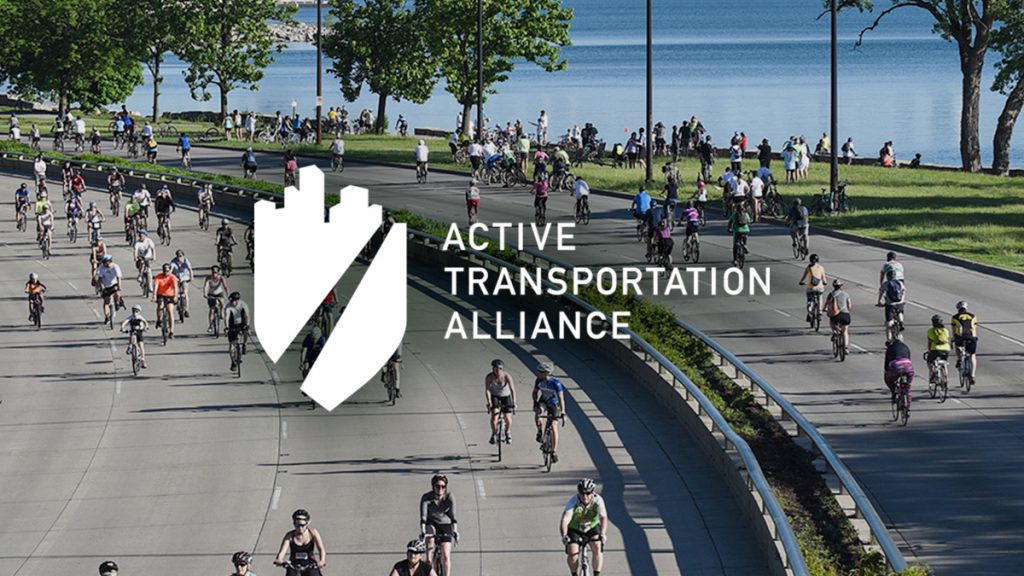From Saturday's Washington Post: Pushing Virginia Suburbs Toward More Intuitive Design
By Roger K. Lewis
Saturday, April 4, 2009; Page F03
Suburban planning in Virginia soon will take a long overdue step toward rationality, thanks to the commonwealth's new Secondary Street Acceptance Requirements, which attempt to reduce reliance on cul-de-sacs in new suburbs.
The emphasis is on "acceptance." The Virginia Department of Transportation will only accept and maintain roads in future subdivisions if their street networks connect to street networks in abutting subdivisions or adjacent commercial developments. This is a big change from current neighborhood layout rules. "Virginia is taking aim at one of the most enduring symbols of suburbia: the cul-de-sac," a recent Washington Post article observed.
The regulation also requires that future subdivision streets be designed to accommodate pedestrians and minimize environmental impact. Proposed by Gov. Tim Kaine (D) and unanimously adopted in 2007 by the Virginia General Assembly, the long overdue requirements went into effect this month. After July 1, all new subdivision plans in the state must comply.
Urban designers for decades have extolled the functional and aesthetic value of street connectivity, advocating street networks designed as lattices or grids while criticizing cul-de-sacs. Criticism focused on planning that produces overly wide, dead-end streets within subdivisions accessible only via a single intersection with a commuter road.
The shortcomings of such patterns include lack of optional paths of travel in and out of the subdivision, thereby guaranteeing congestion on the overloaded main road; excessively long drives between homes and nearby destinations; navigational challenges for visitors and emergency vehicles within the enclave; inefficiency of movement and higher cost of maintenance, such as snow and trash removal, on long, dead-end streets; and enclave-induced social separation and isolation.
Those who have challenged conventional suburban development patterns undoubtedly feel vindicated by Virginia's new regulations, which were motivated in part by the state's desire to reduce both traffic congestion and road maintenance costs.
Of course, many Virginia home builders, along with some homeowners, are opposed to the anti-cul-de-sac policy. They contend that cul-de-sacs are desirable: lack of traffic improves safety for children and pedestrians; fewer outsiders wandering around improves security; and living in a physically circumscribed enclave fosters strong a neighborhood identity.
But the perception that cul-de-sac homes are safer and more secure is a suburban myth, not reality.
Most U.S. homes are not on cul-de-sacs. They sit on blocks in towns, cities and suburbs defined by rational street grids. Residents of these safe and secure neighborhoods, interconnected with other neighborhoods, enjoy a sense of community thanks to interactions enabled by their shared streetscapes.
Crime and traffic accident statistics comparing such neighborhoods with cul-de-sac enclaves probably would show little difference. When differences exist, they likely reflect socioeconomic problems or indicate how well a community's street system is engineered, maintained and policed.
The new Virginia rules address not only network layout but also street design, with attention to pedestrians as well as cars. Sidewalks are required on one or both sides of residential subdivision streets, depending on density. Even rural areas or very low density subdivisions must be served by trails.
Secondary residential streets are to be substantially narrower than in the past. Instead of streets typically 40 feet or more wide, which encourage drivers to speed, the state will accept curb-to-curb widths of 24 feet and 29 feet.
Building narrower streets with less paving is a fundamental sustainability strategy. It reduces impervious surface area and storm water runoff while increasing groundwater absorption and retention. And narrower streets, while still allowing curbside parking, measurably slow traffic and, with sidewalks, reduce risks for pedestrians.
The new regulations anticipate the need for variances, recognizing that not every subdivision street can connect to streets outside the subdivision. Cul-de-sacs may be justifiable for parts of a subdivision because of conditions such as awkward parcel configuration, steep topography, problematic soils, constraining wetlands or bodies of water.
The Post article noted that Montgomery County intends to adopt new street connectivity and street design standards. Perhaps Maryland will emulate Virginia and do likewise for the entire state. In fact, it's time to embrace this prudent policy in every state.
Roger K. Lewis is a practicing architect and a professor emeritus of architecture at the University of Maryland.

